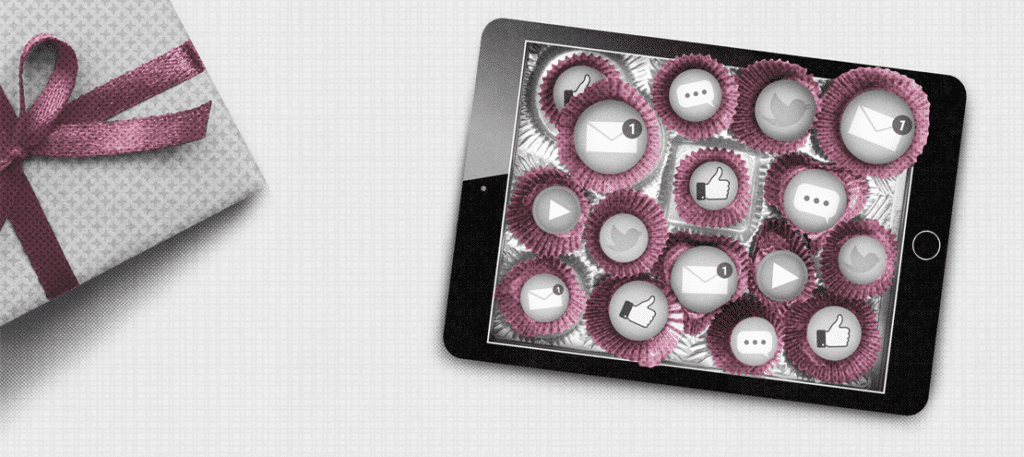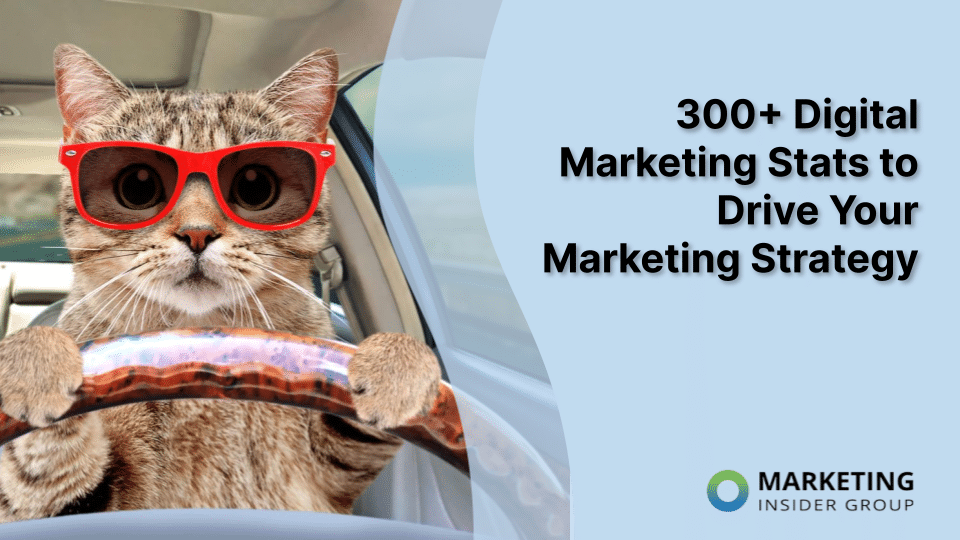
How to Make Your Digital Strategy More Personalized
Personalization is the marketing technique that makes your brand’s messaging standout. Consumers are already ignoring most of the 4,000 to 10,000 ads they see every day. And, with the vast majority of companies using content marketing, there’s a lot of competition out there vying for your audience’s content consumption time. If you want to cut through the fat and emerge as a brand your buyers want to engage with, your marketing has to seamlessly resonate with your buyers’ goals, interests, and preferences
When you do successfully deliver hyper-relevant, right-moment, right-channel content, you’re more likely to be the email they’ll click on, the website experience they’ll engage with, or the social post they’ll share. And, you’re also more likely to drive sales and boost customer retention. Epsilon’s latest personalization report reveals how powerful personalization is – 80% of consumers are more likely to do business with a company that offers personalization and 90% find it appealing.

(Source)
You’re probably already using some level of personalization with your CRM, tracking customer behavior in order to deliver tailored messaging. But when it comes to personalization, a little bit doesn’t go a long way. In order to compete with all the other content and promotions that are out there, striving for an all-out personalized digital strategy that your customers can feel good about is the way to go.
Set Your Intention for Resonance Not Just Attention
Personalization will push your data analysis limits to the edge, but before diving head first into consumer data, you have to look at the point of personalization. It’s not just to get more attention from more people. It’s about learning how to better identify your highly qualified leads and to understand how to truly resonate with your customers. Until you’ve mastered your technology to create flawless personalization, start smaller – with one or two buyer segments for example. Focus on refining your personalization strategy to create that optimal customer experience with focused sub-groups of your customers before trying to scale.
Be Transparent
Let’s face it. There’s a lot of digging into detailed info. It may seem strange to customers that you know what color inspires them the most and how much they’re likely to spend on your product in a month. But, it’s through this information that brands can offer customers the streamlined, personal and useful experience they want. Customers today are willing to give up data when they get something in return – 68% say it is worth it to offer personalized information in exchange for customized offers and deals.
But, it’s still important to be transparent around consumer data and practices. Make it clear what you are going to use data for and let them know you aren’t giving it to a third-party. Also, find a way to communicate what choices consumers have, in case they don’t want their data being used and wouldn’t be interested in personalized content and offers anyway.
Map the Entire Customer Journey
In order to create a seamless experience, you need to understand the entire customer journey for your buyer segments. You’ll need a clear map from the initial awareness stage to purchase and post-purchase.
- How are people finding your website?
- What social media sites are consumers using to learn more about your business?
- What content offers are they using in the consideration stage – which blog posts, eBooks, videos?
- What are they buying and what recommendations are they responding to?
- How are they interacting post-purchase – which emails are they clicking through on? Are they interacting on your website and social pages? Are they getting more involved, signing up for webinars or in-person events or is their apparent interest flat?
Making Sense with the Single Customer View
It’s through analyzing the whole enchilada of your customers’ journeys that you can better tailor content and offers – giving them more of what they want because you know what they care about.
Sifting through all of this customer behavior data and having the necessary clarity to make smart personalization decisions through your CRM is something that has only been possible in the past few years. Your customer relationship management platform should provide a single customer view so you can track not only segment habits and preferences but also unique customer data. You can uncover who responds to personalization, what your strongest digital assets are, and how to make them better so your target segments will respond to them.
With a single view of key data like past purchases, churn probability, and up-to-date response rates, marketers (and your CRM’s predictive analytics) can make better-informed decisions about where a customer is and what will resonate the most.
Use Personalization Strategies that Your Customers Want
Personalization can include different experiences for your customers. Make sure you are giving them what they truly want or they will give their attention to the other brands who are.
For example, customized websites that feature tailored product recommendations and content are great. But, digital personalization is also a medium through which you can make your customers feel special. Discounts and loyalty rewards programs are the most loved personalized experiences.

(Source)
From the classic birthday discount coupon to deals that have been tailored to align with their past buying habits, these specialized messages will certainly draw their attention initially. But, more importantly, this type of personalization will increase their affinity for your brand, fostering loyalty and even brand advocacy.
Respond Quickly to Customer Signals
Personalization, in its highest form, is about building a relationship with each customer. And, like any relationship, it’s a dance. They act, you respond. You act, they respond. Both sides – ideally – learn and grow as a result of these exchanges.
When your customers send out signals – a download, a Facebook review, an Instagram comment, a purchase or other customer feedback – make sure you are responding to them in turn.
The idea is to get beyond just sending out tailored messages. You want to use your personalized digital marketing strategy to build a ‘personal’ relationship. The responses and interaction the brand has with the consumer, from answering questions posted on social media to sending out an email to see if they have questions or want to learn more after downloading an eBook, will create the impression that the brand they are engaging is paying attention to them.
Use Personalization to Get Closer
Personalization is not just a two-way street: the company shoots out an email, they click or don’t.
Rather, it’s a spiral that unfolds. It starts with a linear engagement but then it needs to get deeper, more relevant, more valuable to both parties as you understand your customers better and they learn more about the worth your brand can bring to their lives. With the right data and a CRM to store, analyze, streamline, and predict – and the knowledge and skill to harness this personalization potential – you are well on the road to becoming your customer’s best digital friend.
The post How to Make Your Digital Strategy More Personalized appeared first on Post Funnel.






